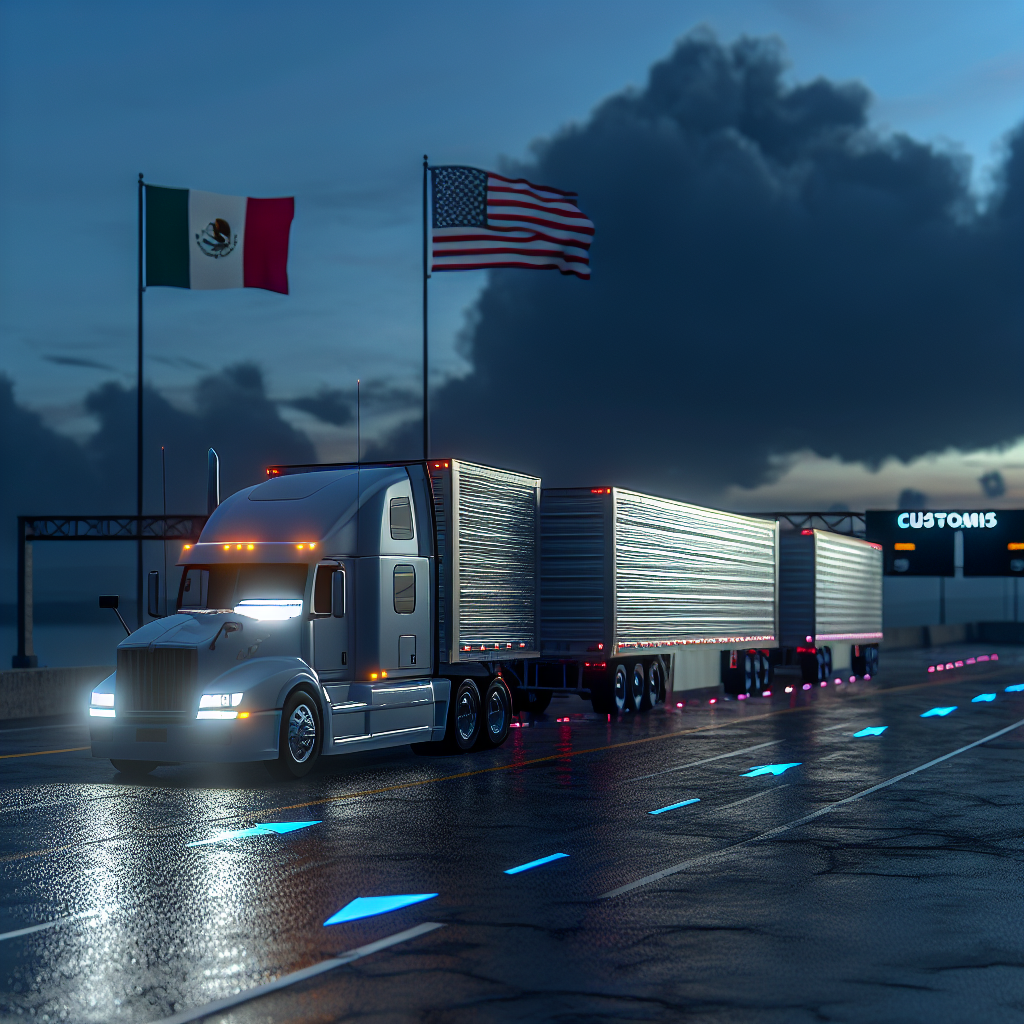A. Duie Pyle is stepping into the cross-border less-than-truckload arena between the United States and Mexico, a move that puts a longstanding regional carrier into one of North America’s most complex freight corridors. The expansion, first reported by FreightWaves’ Borderlands column on October 12, arrives at a moment when network resilience and regulatory agility matter as much as linehaul capacity for shippers moving parts and finished goods both ways across the Rio Grande.
The immediate operating backdrop is unforgiving. Days of torrential rain in central and eastern Mexico have triggered deadly flooding and landslides, with national authorities confirming at least 44 fatalities and widespread damage across Veracruz, Hidalgo, Puebla and Querétaro. For carriers and shippers, the more practical headline is infrastructure: hundreds of communities lost power and access, complicating pickup and delivery in inland manufacturing zones that feed exports north. Expect patchy transit and recovery windows this week as responders reopen roads and restore utilities.
Mexico’s infrastructure ministry said 982 kilometers of non-toll federal highways in the most affected states were damaged by slides, washouts and flooding. By late October 10, crews had cleared roughly two-thirds of those segments, with work continuing on the remaining corridors. Field reports highlighted slide removal and emergency bridge work on Puebla–Veracruz routes and along the Pachuca–Tuxpan corridor—arteries that connect interior suppliers to northern export gateways. Shippers should factor alternate routings, potential detours and tighter appointment windows into near-term plans.
Separate from the weather, the policy environment nudged toward short-term stability for factory inputs. Mexico said October 9 it will pause and rework a proposal to sharply raise tariffs on roughly 1,500 categories of goods—ranging from autos and parts to plastics and textiles—mostly from countries without trade pacts. For cross-border LTL customers, that delay reduces immediate uncertainty around landed costs for components sourced in Asia and assembled in Mexico before northbound moves.
Why this matters for trucking: cross-border LTL is no longer just a handoff at the bridge. It’s a choreography of linehaul, border drayage, customs brokerage, compliance and—when weather or policy shifts hit—rapid re-sequencing of freight. A. Duie Pyle’s entry gives shippers another option to diversify capacity and service models on the southern border, especially as nearshoring continues to pull more bill-to/ship-from pairs into Mexico’s interior. In the near term, the carriers that win will be those that can stitch together alternate inland linehauls around closures in Puebla, Hidalgo and Veracruz, keep brokerage paperwork airtight amid evolving tariff talk, and communicate ETA risk transparently to plant schedulers and DCs.
What to watch next week: the pace of road reopenings in the affected states; any downstream congestion at Laredo and other Texas crossings as freight re-times; and fresh guidance from Mexico City on the tariff package’s redraft. For shippers onboarding new cross-border LTL providers, it’s a good moment to stress-test contingency routings and document flows before holiday peaks arrive.
Sources: FreightWaves, Reuters, Associated Press, Crónica Veracruz, Publimetro México, Parabólica.mx
This article was prepared exclusively for TruckStopInsider.com. Republishing is permitted only with proper credit and a link back to the original source.





